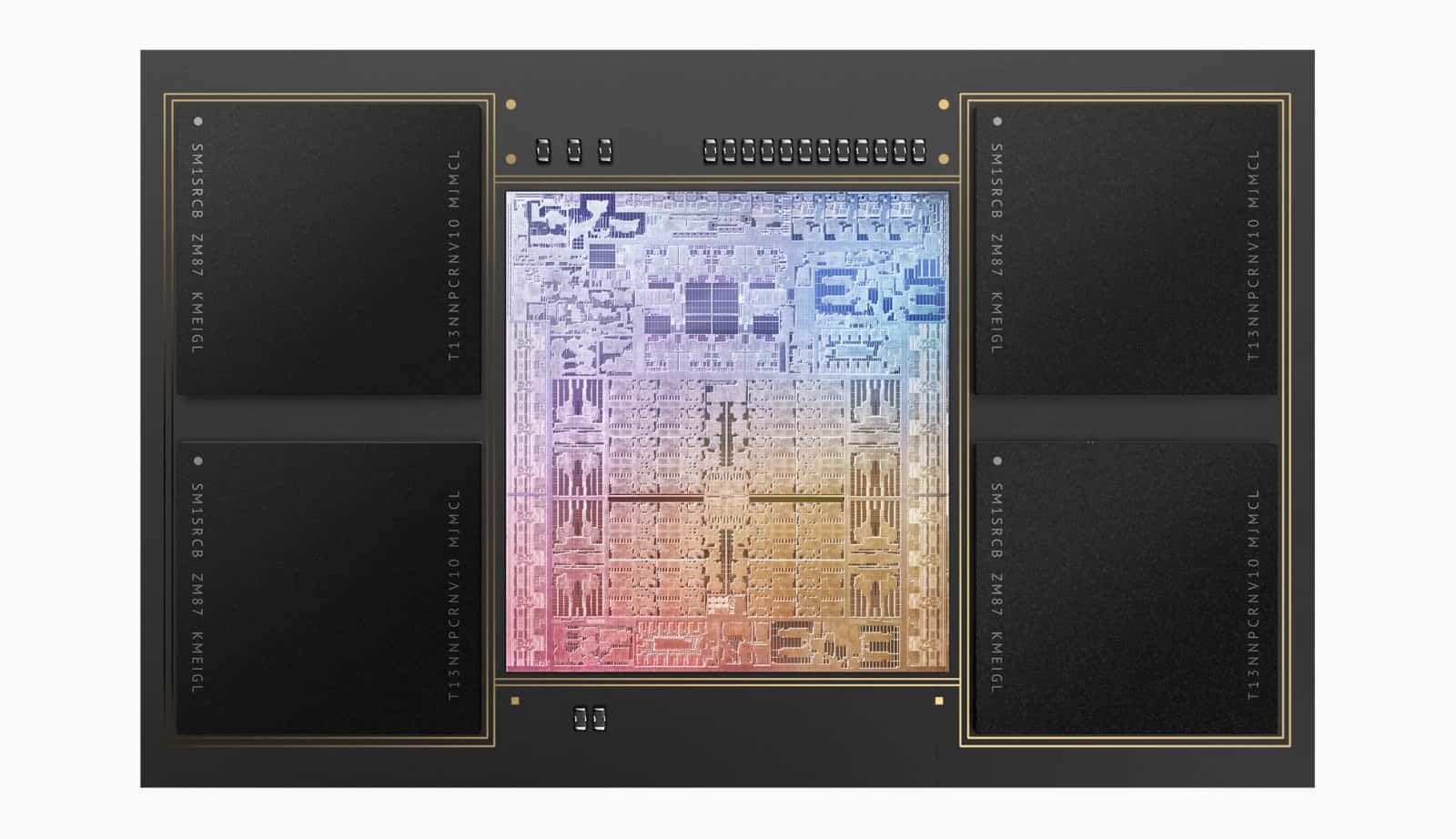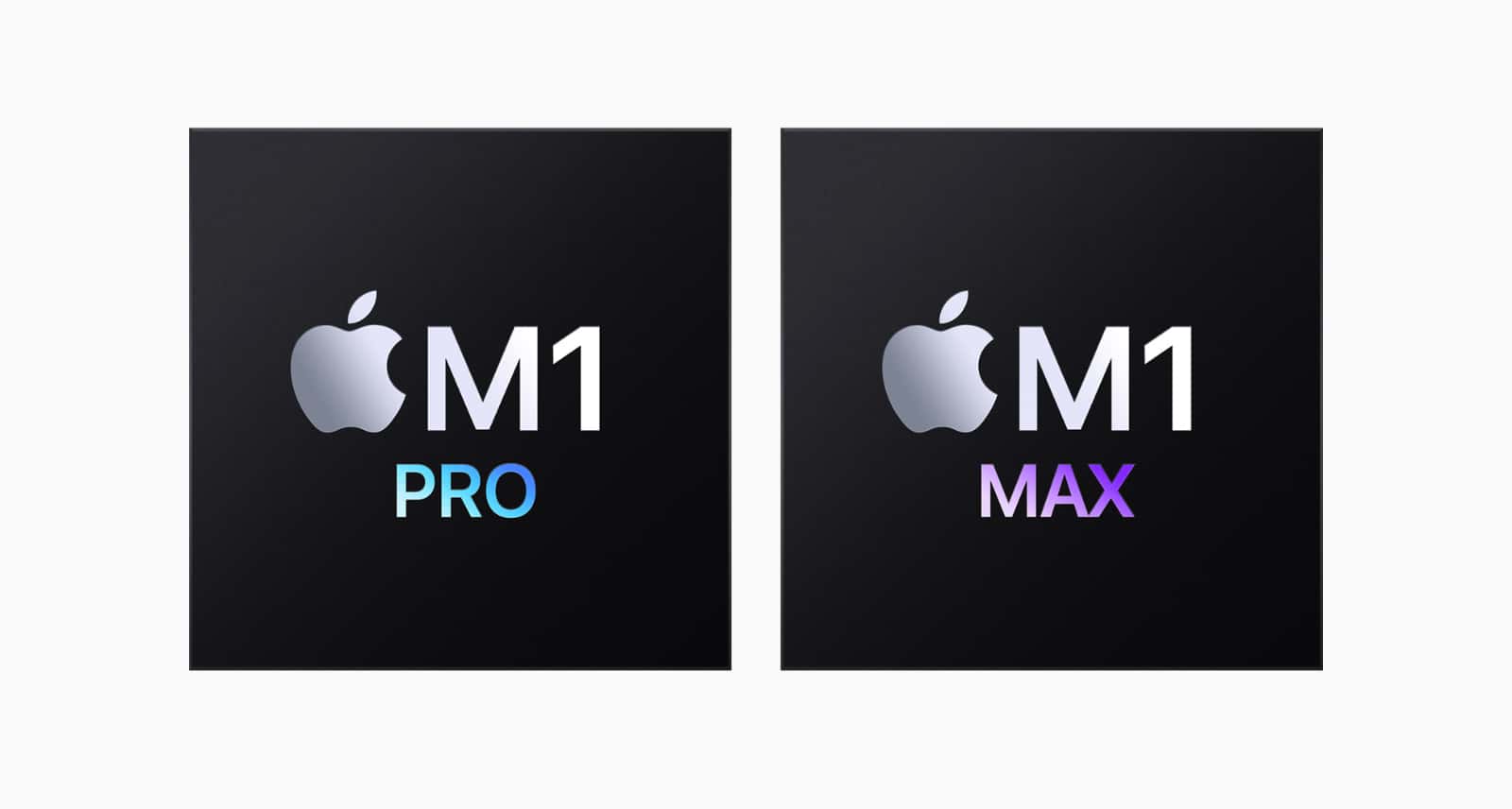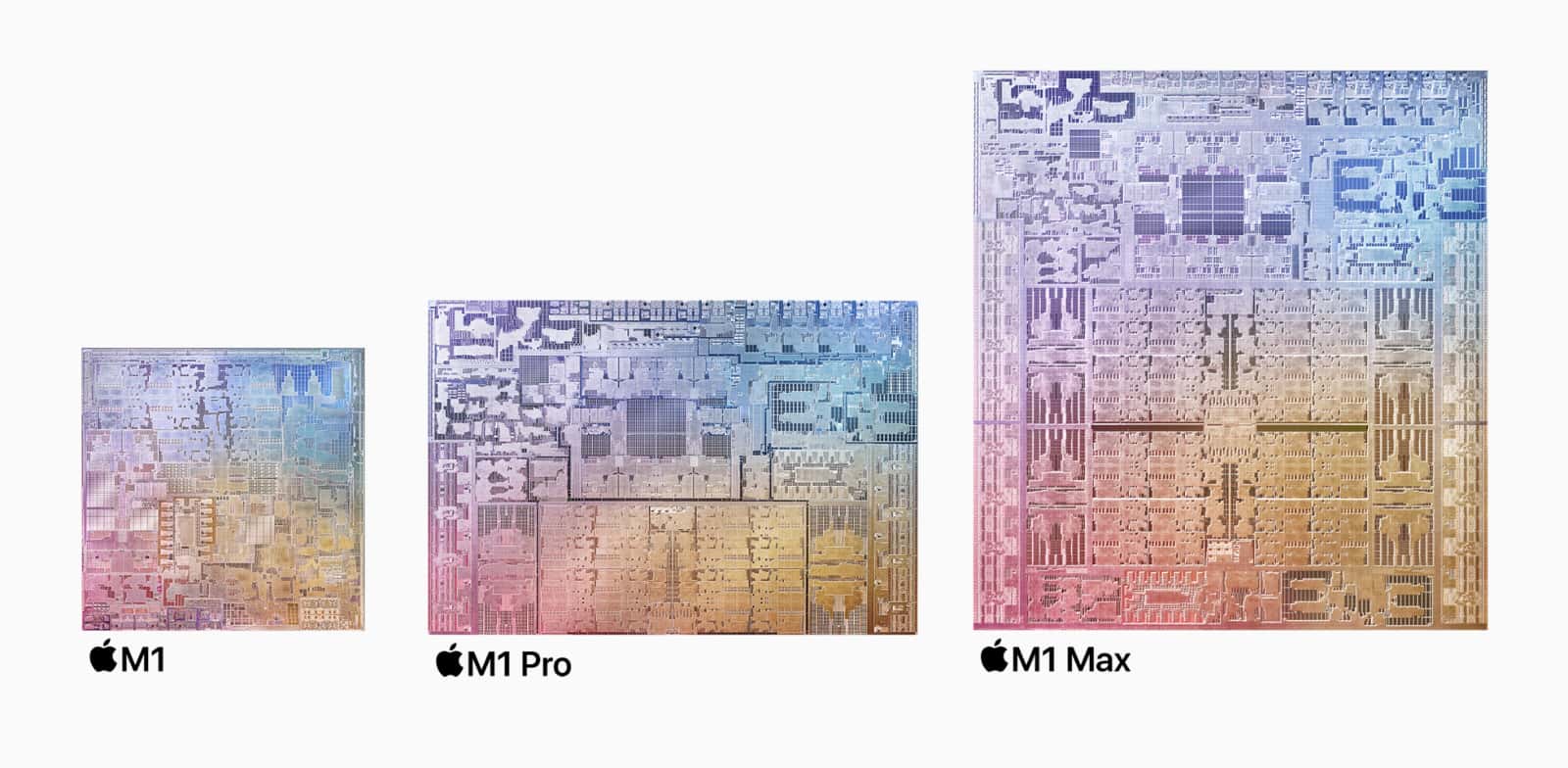Apple’s M1 chip blew us away last year. One year on, however, there’s a new style for people who need more oomph.
At last year’s WWDC, when Apple announced it was bringing its own take on processors to the computer world, we were intrigued. The A-series chips in the iPhone and iPad were already something, and the potential to knock it out of the park was definitely there.
And a few months later, that’s exactly what it did.
When Apple unveiled its first Apple Silicon processor, the M1, and threw it into the Mac Mini, MacBook Air, and MacBook Pro, you could see Apple was serious about this thing. And that’s the computers were serious about performance.
They were fast, light on fans, and in the case of the laptop models, delivered extremely strong battery life. But while they handled apps beautifully, some of the more creatively intensive apps could struggle.
A few months after our M1 MacBook Pro 13 review went live, we started pushing through some large projects in Unreal Engine, and you could see the M1 struggle under the load. Large graphical setups with lots of triangles and big textures struggled to run, and unless you turned down the settings, the app would slow to a crawl.
It was a sign of the limitations of the M1, which had enough graphical prowess for some things, but not for the high-end stuff people with bigger demands might need.
Fortunately Apple has been working on something.
Much like how Intel and AMD both regularly update their processors, so too is Apple, announcing updates for people who need more guts for their work, the M1 Pro and M1 Max.
The new chips extend on the work paved by their M1 sibling, and actually pack in more than twice the transistors of that first chip, allowing the CPU to get up to 70 percent more performance than the standard M1. That includes a ten-core CPU, two more over the M1, with eight working as performance cores and two as efficiency cores, handy for optimising the load in devices.
The graphical improvements are something else altogether.
The up to eight cores of GPU (graphics) go up to a 16-core on the M1 Pro and 32 cores on the M1 Max, boosting graphical performance significantly. It’s a big jump on both variations, with as much as twice the graphical prowess on the M1 Pro compared with last year’s M1, and up to four times the performance on the M1 Max compared to the M1, as well.
In real life terms, that should mean that the struggle we had with large levels and graphical sets built in Unreal Engine should perform much better with either the M1 Pro or M1 Max, and that’s just the start.

While the problems we had with the first chip often saw us switching back to the 16 inch Intel MacBook Pro when we needed it, the new M1 Pro/Max hardware should get around this, while also boosting rendering and compiling performance. The improvements should mean faster renders for video and animation, more layers in audio apps, and the ability to export code with more speed.
It’s almost as if the theme from the Apple October 2021 launch was speed.
Apple is also giving both new chips more memory bandwidth to work with, supporting up to 32GB on the M1 Pro and up to 64 on the M1 Max, and they both get support for Apple’s ProRes videos decoding, improving the ability to transcode video and run multiple sets of video files. Depending on what you need and how much money you have to spend, the M1 Pro has one of these built in, while the M1 Max gets two.
“With massive gains in CPU and GPU performance, up to six times the memory bandwidth, a new media engine with ProRes accelerators and other advanced technologies, M1 Pro and M1 Max take Apple silicon even further, and are unlike anything else in a pro notebook,” said Johny Srouji, Senior Vice President of Hardware Technologies at Apple.
They’ll also both see 16 Neural Cores for machine learning tasks, much like what the A15 Bionic gets in the new iPhone 13, as well as more bandwidth for Thunderbolt 4 and the ability to drive more than one display, though we suspect most of the attention will be on those new chips.
We certainly will be looking forward to playing with them, and at the very least, finally being able to run heavy graphical development hopefully without any struggles whatsoever.








